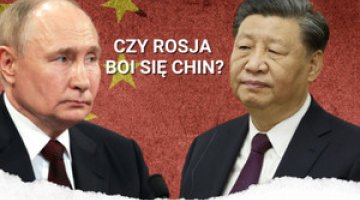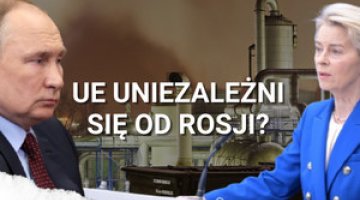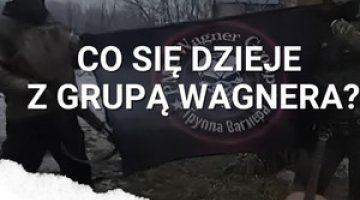The Popular Front: a reshaping of Vladimir Putin’s political base
The pro-Kremlin movement, the Popular Front for Russia! (Narodny Front za Rossiyu), held its founding congress on 11–12 June in Moscow, and was unanimous in choosing Vladimir Putin as its leader. This cross-party structure defines its values as ‘conservative’ and ‘social-oriented’. Its participants represent a broad spectrum of backgrounds: regional delegates (including blue collar workers) as the predominant group, selected representatives of the intellectual and cultural elite, and representatives of several parties (Rodina, Patriots of Russia and the Cossack Party). The movement was first set up on Putin’s initiative in 2011 as an informal coalition of social organisations and workplaces. It is to be officially registered at the Ministry of Justice in autumn this year.
Commentary
- The Popular Front is expected to become President Putin’s principal base of public support and to reinforce his legitimacy, given the dissatisfaction among the middle class and the erosion of United Russia, which is seen as a party riddled with corruption and insensitive to people’s needs. The Popular Front is emphasising its pro-social orientation and image as ‘a movement of ordinary people’, as is highlighted in its name. The new structure is aimed at demonstrating the stability of public support for Putin, proving the existence of an effective feedback mechanism between the president and the public, and creating an image dissociating Putin from the rest of the corrupt officials.
- In political terms, the Popular Front is set to perform the two major functions: the electoral function (its representatives are to seek election in single-member constituencies in the coming regional elections this September) and the human resources function (a source of new staff for to revamp Putin’s administration). Given the way the Russian system of rule is arranged, the Popular Front (as is the case with United Russia) will not play an independent political role, but it can still be involved in implementing the Kremlin’s policy in selected areas and be used as a source of personnel in case of a (likely) reshuffle in the government. At present, the division of the Kremlin’s political backing into United Russia and the Popular Front is rather a matter of convention: many prominent members of United Russia joined the Popular Front, whereas representatives of the Popular Front were on United Russia’s party lists during the parliamentary elections in 2011. In the immediate future, the Popular Front is likely to complement United Russia (for example, in regional elections). Depending on the election results and changes in public support, it may transform into a party and replace United Russia within a timeframe of several years.
- The emergence of the Popular Front fits in with the authoritarian and conservative trend which has been reinforced in Russian politics since Putin’s return to the Kremlin. Firstly, the Popular Front’s specifics (a movement of ‘ordinary people’) resonates with the Kremlin’s desire to be based on ‘healthy social forces’ which are presented as being opposed to the ‘immoral’ liberal circles (the Kremlin has initiated a number of legal restrictions regarding morality and ideology). Secondly, the Popular Front has been set up as part of the reconfiguration process of the Kremlin’s political base, i.e. the gradual removal of those representatives of the government administration who question the Kremlin’s policy of restrictions and the ‘nationalisation of the elite’ (tightening control over foreign assets held by officials so as to make them more dependent on the Kremlin). The Popular Front is expected to be one of the channels for promoting new staff, who will become the president’s loyal aides.





